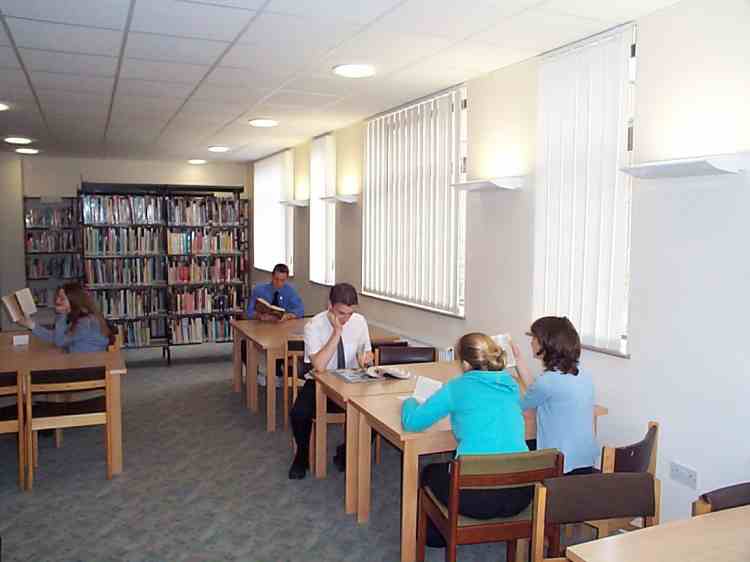


| Typical school uniform consists of clothing that would be expected to be worn in an office. That means NO TRAINERS and NO JEANS. Here are a couple of examples of what students should wear. Here is a list of the items of clothing which are acceptable, and those which are not. No excuses now. | 
|
| Acceptable | Not Acceptable |
|---|---|
| Plain jacket, plain shirt, tie | Patterned shirts, overly garish ties |
| Suits | T-shirts |
| Crew neck/V-neck pullover with shirt and tie | Sweat shirts & tops with logos |
| Plain trousers | Couduroy jeans | Shoes | Shorts |
| Anoraks for travel to school | Trainers |
| One stud per ear is acceptable | Leather jackets |
| Nose studs, ornate or too overt jewellery | |
| More than one stud per ear. |
| Acceptable | Not Acceptable |
|---|---|
| Plain roll-neck sweater > | Too tight |
| Smart jumper > | Too loose |
| Small blouse > | Too see-through |
| Smart skirt (flared or straight) > | Too short | Plain tailored trousers | Corduroy jeans |
| Jacket - plain colours | Leather jackets |
| Suit (trouser or skirt) | Leggings |
| Shoes | Trainers |
| Outdoor jacket for travel to school | Shorts |
| Plain ring, watch, earrings | Nose studs, ornate or too overt jewellery |
| One stud per ear is acceptable | More than one stud per ear. |
|   |